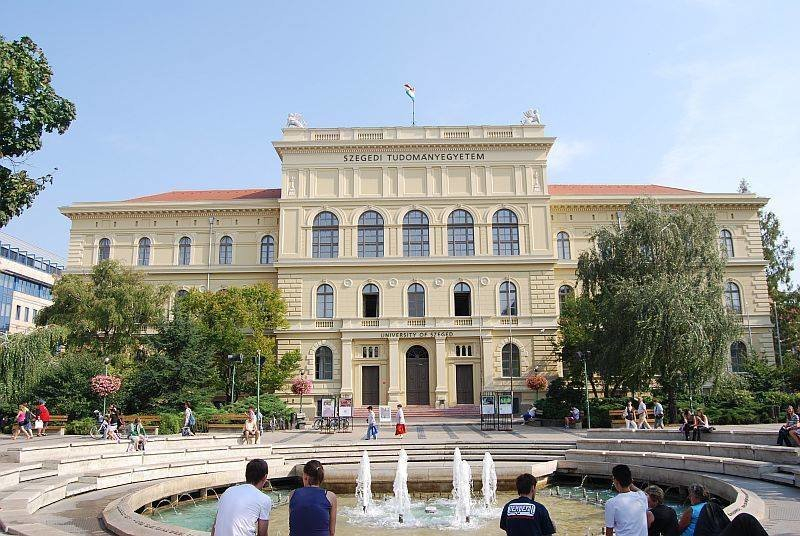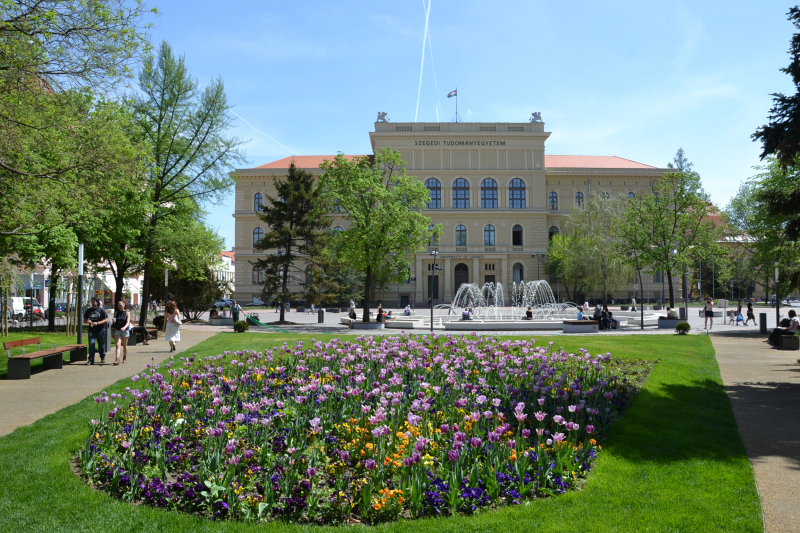University of Szeged
In Szeged, Hungary, the Institution of Szeged is a public research university and among the Best-Known Universities in Hungary. Emperor Franz Joseph I re-established the Jesuit Academy of Kolozsvár in present-day Cluj-Napoca as a university in 1872, after it was founded as the Jesuit Academy of Kolozsvár in 1581. In 1921, the institution moved to Szeged, making it one of Hungary's oldest research universities. Throughout the twentieth century, it underwent several transformations until being split into separate independent universities. The modern University of Szeged was founded in 2000 and is consisted of twelve core faculties and nineteen doctoral schools, each of which has a variety of departments and research groups. Each faculty is self-contained.
Aside from these, the institution runs the University of Szeged Health Centre, a large teaching hospital that provides public regional healthcare, as well as three laboratory schools that mix public education and teacher training. Although the Health Centre and the buildings of the Department of Arts are next to one other, the faculties and associated buildings do not form a single campus because they are distributed around downtown Szeged. Most majors are divided into Bachelor's, Master's, and PhD programs because they are part of the Bologna zone, however the so-called one tyre-master (undivided) programs are also available.
Nobel laureate Albert Szent-Györgyi, political scientist István Bibó, poets Attila József and Gyula Juhász, and biochemist Katalin Karikó are among the University of Szeged's noteworthy alumni. The University of Szeged was ranked 501-550 among universities worldwide in the QS World University Rankings in 2014. Modern Languages was the subject area with the highest global ranking (101–150).
- QS Ranking 2022: 551
- THE Ranking 2022: 801
- ARWU Ranking 2021: 601
Founded: 1872
Location: Szeged
Website: www.u-szeged.hu












